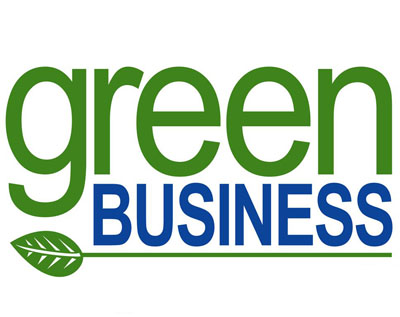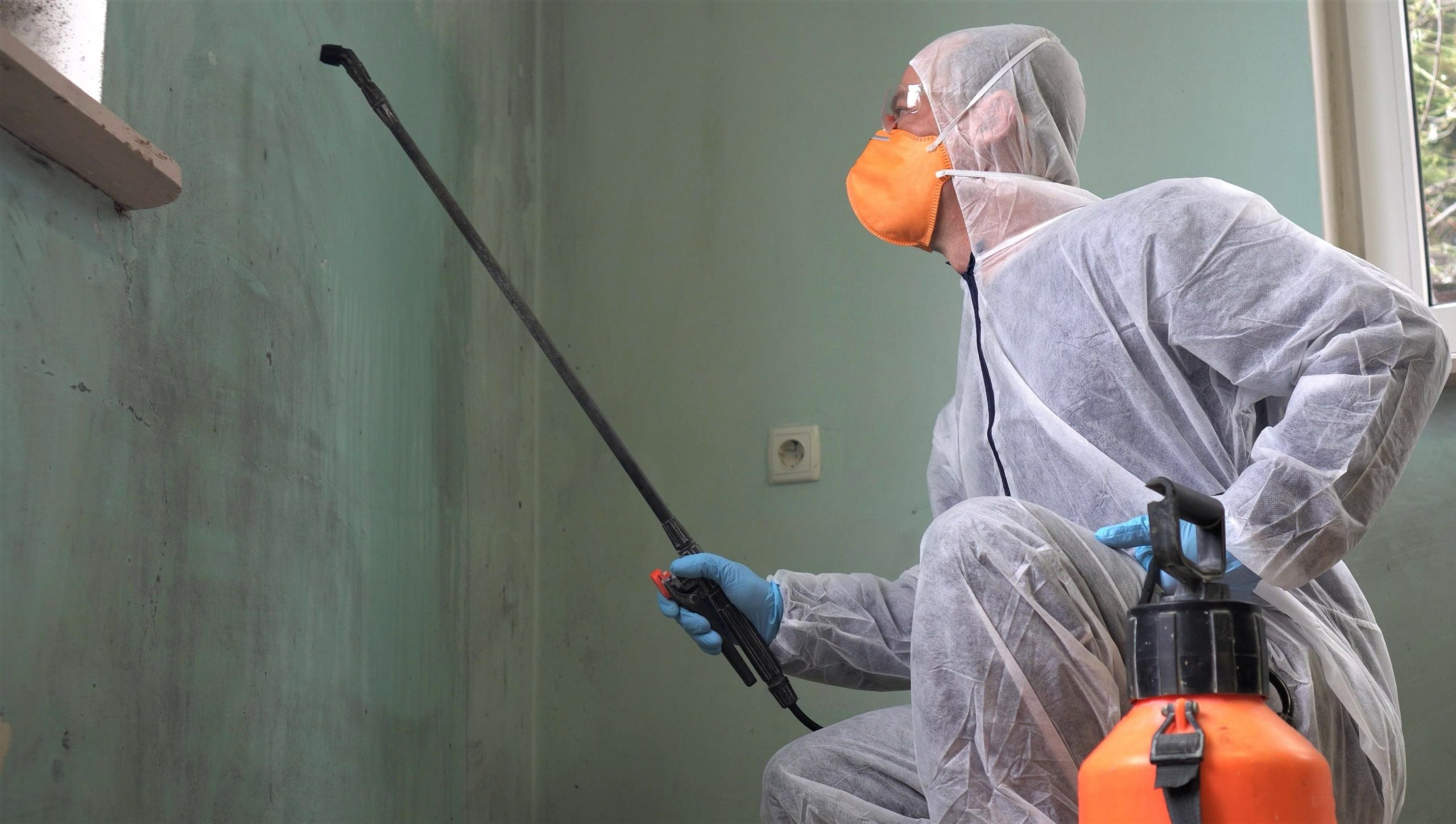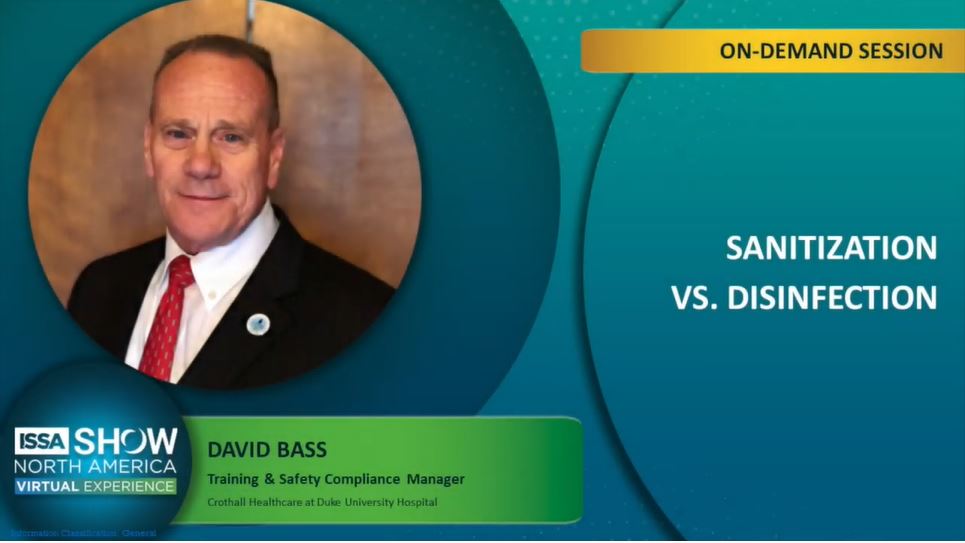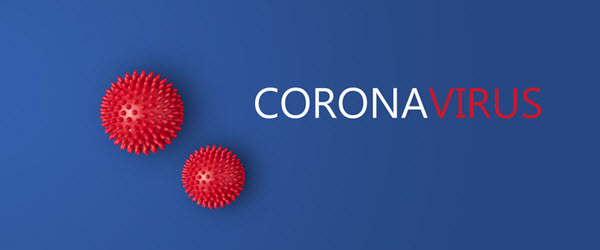 If you aren’t currently, I encourage you to follow one of the most direct and least “catty” discussions on LinkedIn about “green cleaning solutions.” A simple question on the ISSA-The Worldwide Cleaning Association board started it:
If you aren’t currently, I encourage you to follow one of the most direct and least “catty” discussions on LinkedIn about “green cleaning solutions.” A simple question on the ISSA-The Worldwide Cleaning Association board started it:
Any recommendations for a “green cleaning solution”? There are so many different types of cleaning solution products out on the market “claiming to be green” and some that are. Any suggestions on the top 3?
Currently at 47 comments, most of which are manufacturer representatives and distributors naming lines and listing web addresses, the one comment that stands out to me is the following from Jason Hish:
Very interesting comments and suggestions. My advice, would be to map out your goals as they pertain to your cleaning approach and chemical use. Why are you looking to go “green”? Is there something not working right now? Are you trying to save the planet, differentiate your firm, create a marketing story, reduce costs, increase profits, decrease labor, lessen turnover, offer a solution for hypersensitive occupants or workers, etc? There are many different solutions for many different situations, you find the one(s) that work for you and your firm. However, as Joe Friday says, “just the facts ma’am”, because there are a lot of myths out there and they are generated from both sides of the fence. Good luck!!!
What I like about this approach is that Hish challenges the business owner to define the objective for considering “green” solutions. And there are a lot of them from simply reducing the overall harmful impact of “traditional” chemical cleaners to an extreme of potentially using cleaning solutions that benefit the indoor and/or natural environment. Some choose new products to safeguard the cleaning technician who is in contact with the products 8+ hours a day; some privilege the health of the home residents. Others are focused on the delicate sensitivities of children, pets, and those with chronic illnesses.
And it’s always a GREAT reason when you are meeting the needs and demands of your market, whether you know what’s behind the science or not.
But even beyond the cleaning procedure itself are a whole host of “green” issues that can affect how “green” your company is perceived to be by consumers:
· office practices that reduce consumables (paper, ink, staples, electricity, water)
· recycling practices that reduce landfill
· purchasing practices that reduce gas-based transportation (for example, purchasing concentrate to reduce frequency of delivery)
There are certainly more ways to become “greener” outside of the cleaning procedure itself and which can become unique selling points in a strongly “green” market. But the point, as Hish makes so well, is that there are MANY ways to be or become green!
Here are some resources that can help you make better informed decisions about how to mold your business around various “green” concepts:
 House Cleaning Technician Certification
House Cleaning Technician Certification
The first certification in the cleaning industry which is based solely on the scientific principles that govern how “dirt”—both inorganic and organic—is deposited, extracted, and removed, the House Cleaning Technician certification from IICRC promotes the first standardized body of knowledge for a cleaning technician without promoting or demeaning a single product or cleaning program. The beauty of this certification is that it doesn’t matter if you are a bleach-a-holic, a pantry cleaner, green, natural, organic, bio-enzymatic, or even chemical free in your preferences—the science proves what works and what doesn’t far beyond what you perceive is a “good cleaner” based on subjective observation alone.
For defining what “green” means to your cleaning procedure, there isn’t a better foundation than becoming an IICRC-certified House Cleaning Technician.
 CIMS-GB – Cleaning Industry Management Standards – Green Building
CIMS-GB – Cleaning Industry Management Standards – Green Building
Launched by ISSA, the Cleaning Industry Management Standards is the first certification to move beyond the perennial debate over which product and procedure is “best” to recognize the development, management, validation, and quality control measures that determine if and how a procedure is meeting its established goals. Spanning continuous employee training, regulatory compliance, operational procedures, financial management, and strategic planning and growth, this certification “outlines the primary characteristics of a successful, quality cleaning organization” no matter how small or large your operation.
For extending “green” beyond your cleaning procedure, CIMS offers its Green Building (GB) distinction which focuses on your action plan to reduce or exchange resources to promote long-term sustainability.
In 2011, ICLEI launched the Green Business Challenge to help local governments engage or incentivize local businesses to make changes that both reduce or slow down resource depletion AND improve local commerce. A number of residential cleaning businesses have joined the Green Business Challenge movement in their local areas, including
· Castle Keepers of Charleston
· Champagne Services of Northern Virginia
To find out if your town or county has adopted the Green Business Challenge initiative, contact your local city or county government office.


 Green Business Challenge
Green Business Challenge



